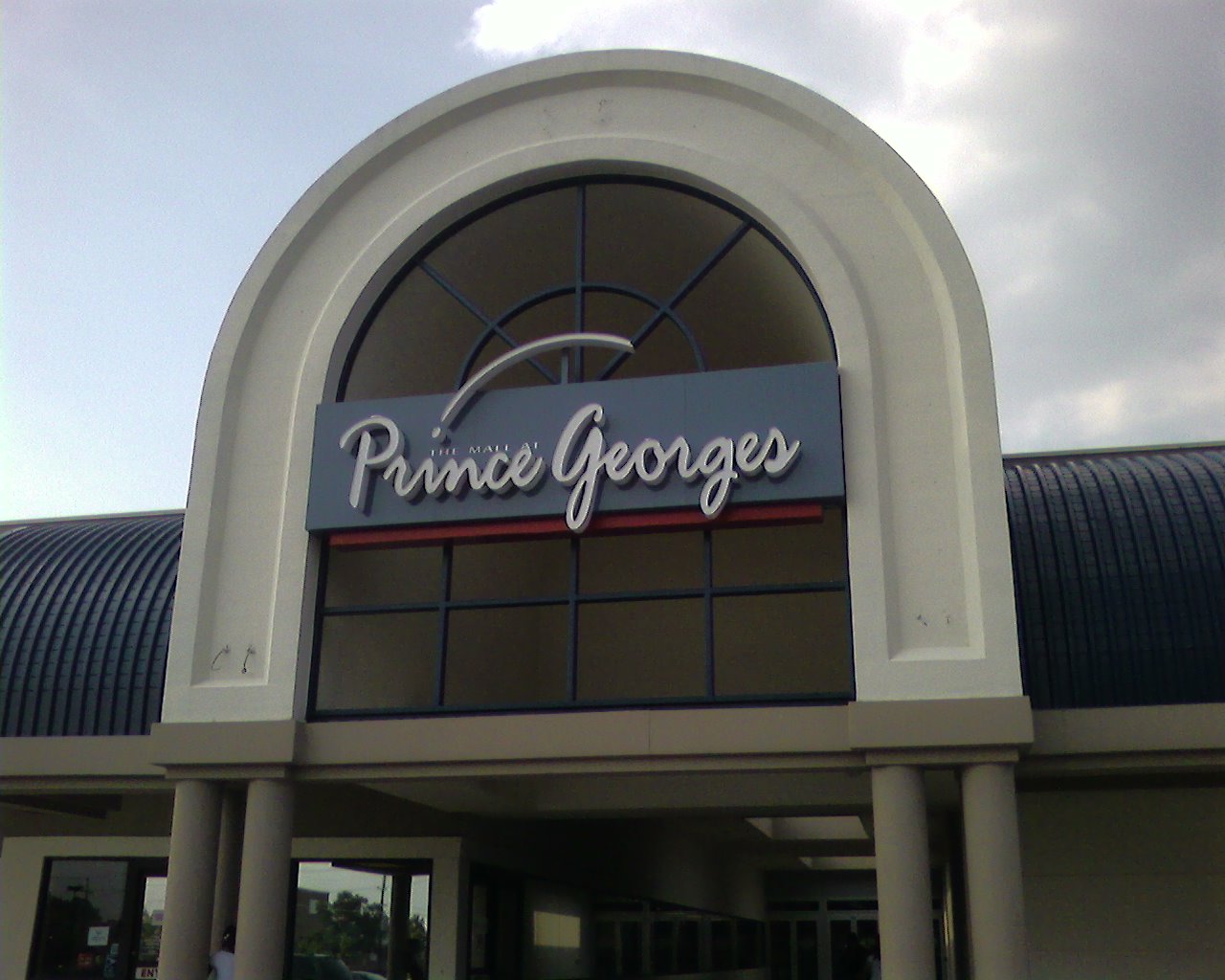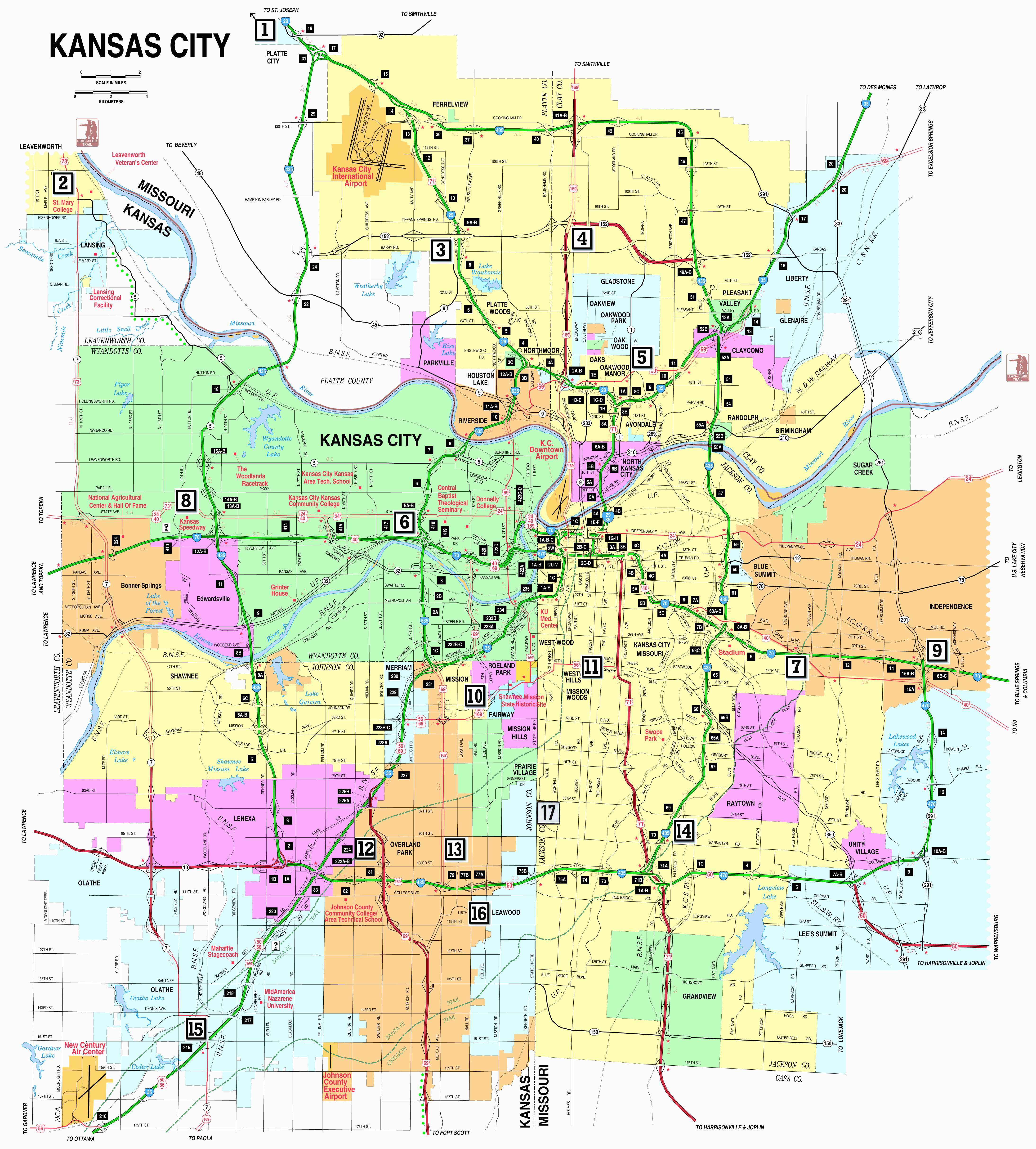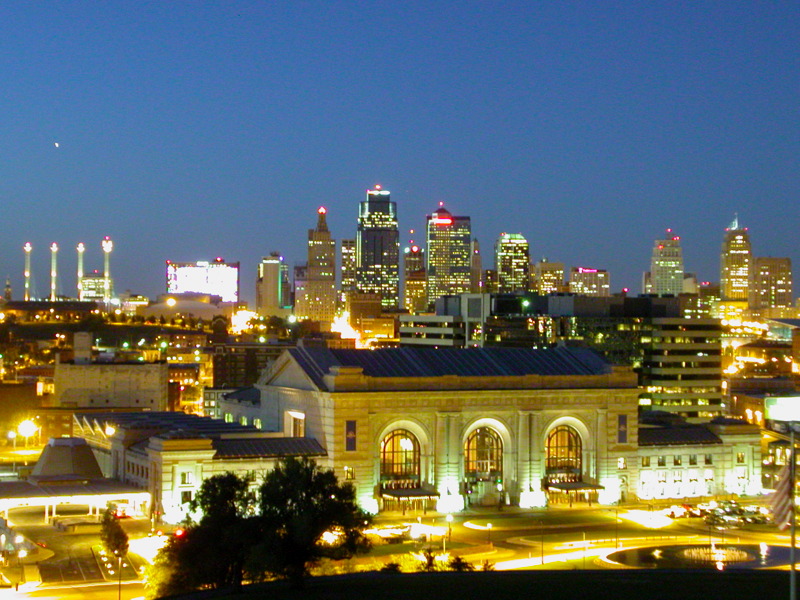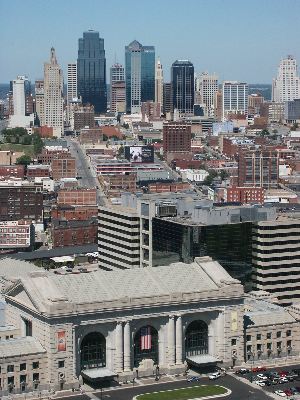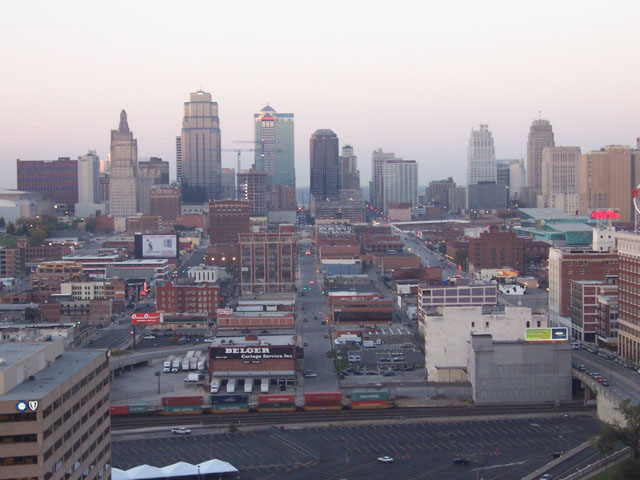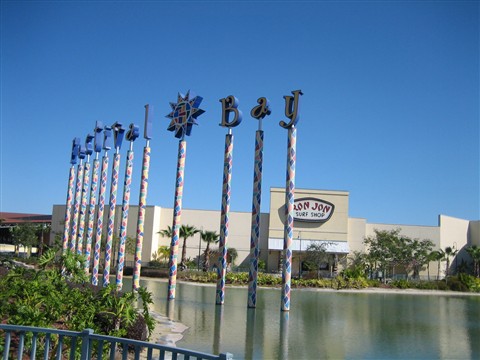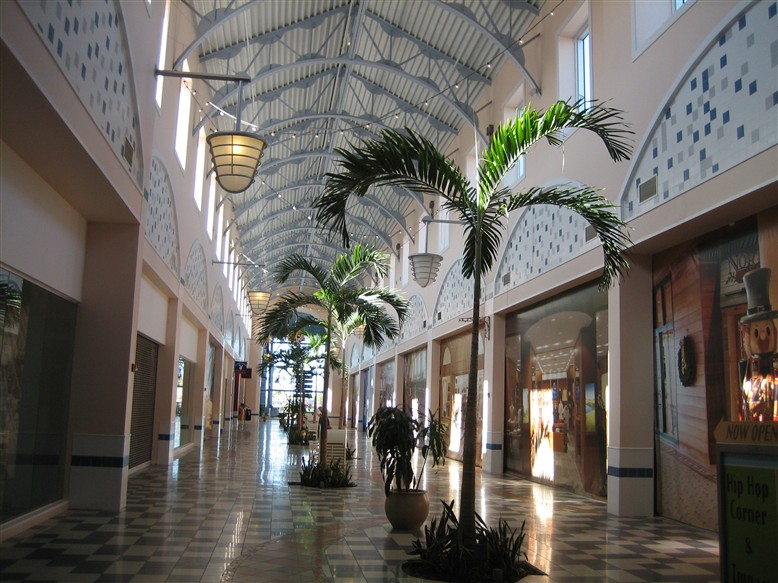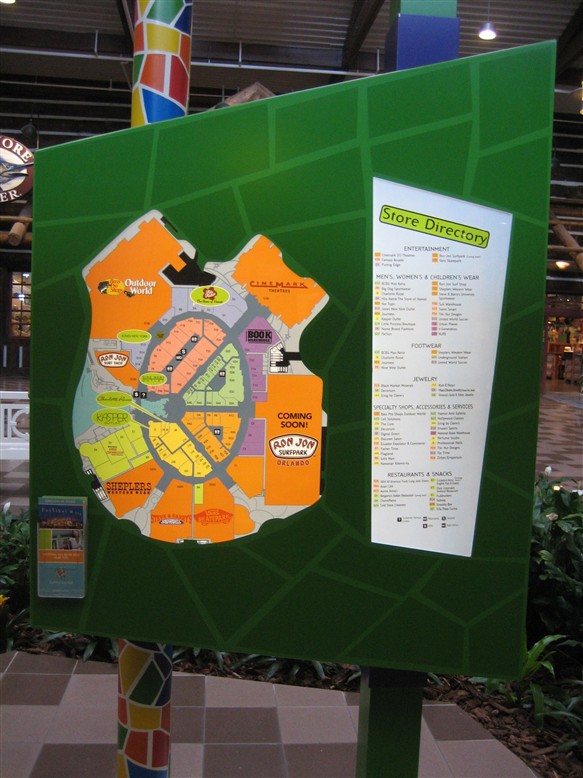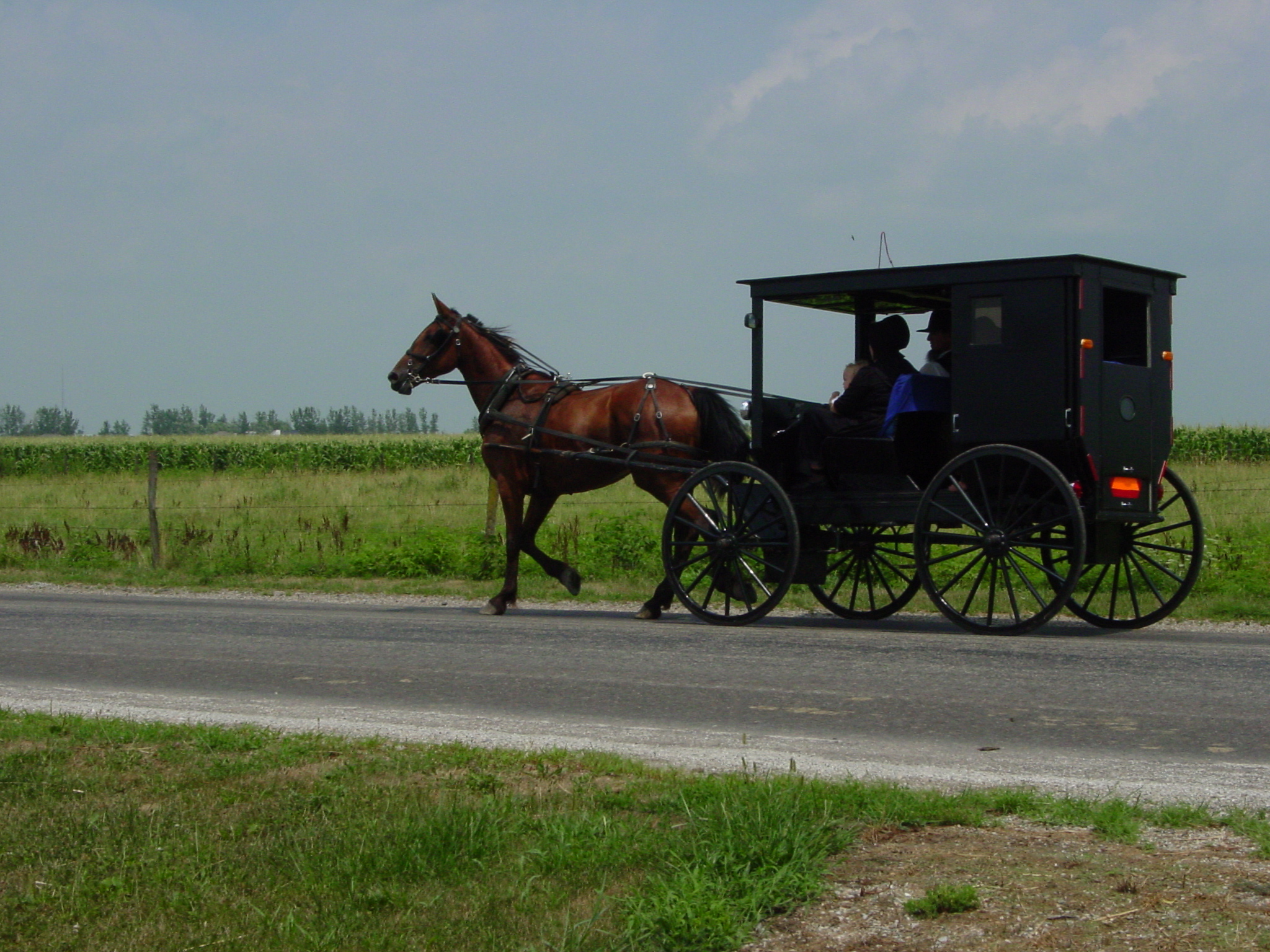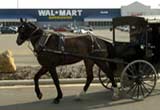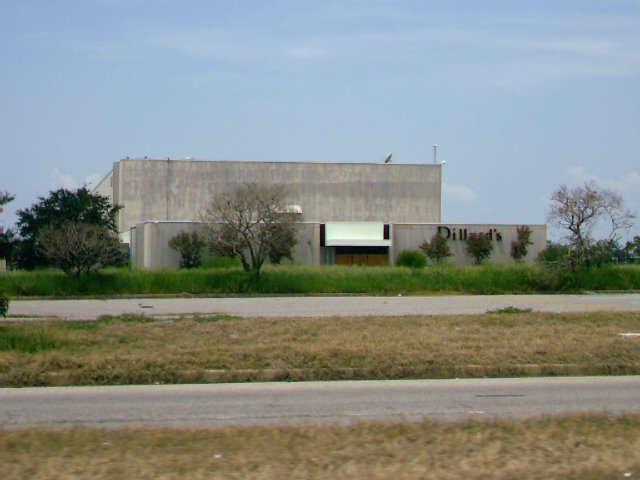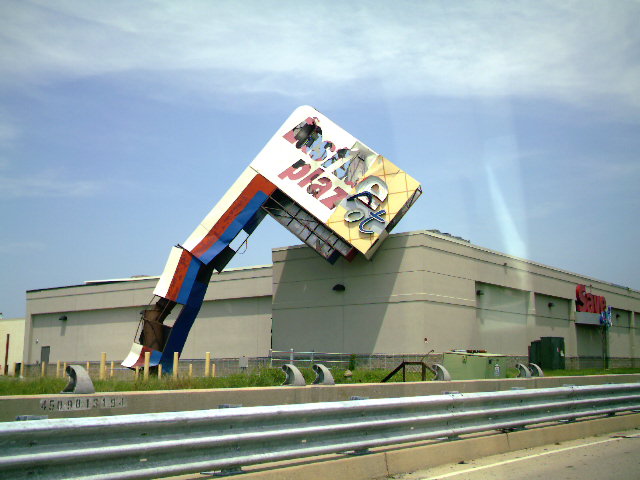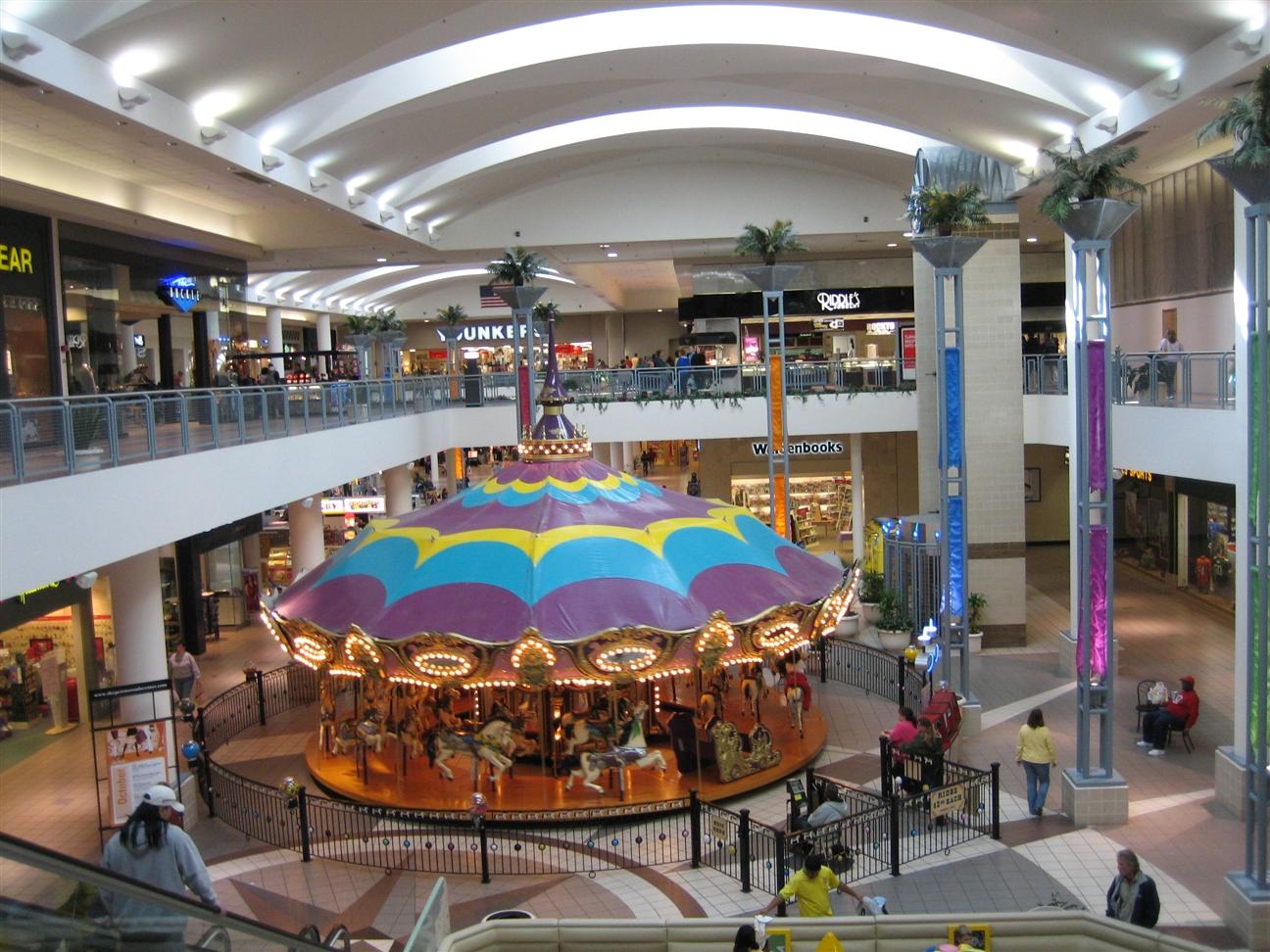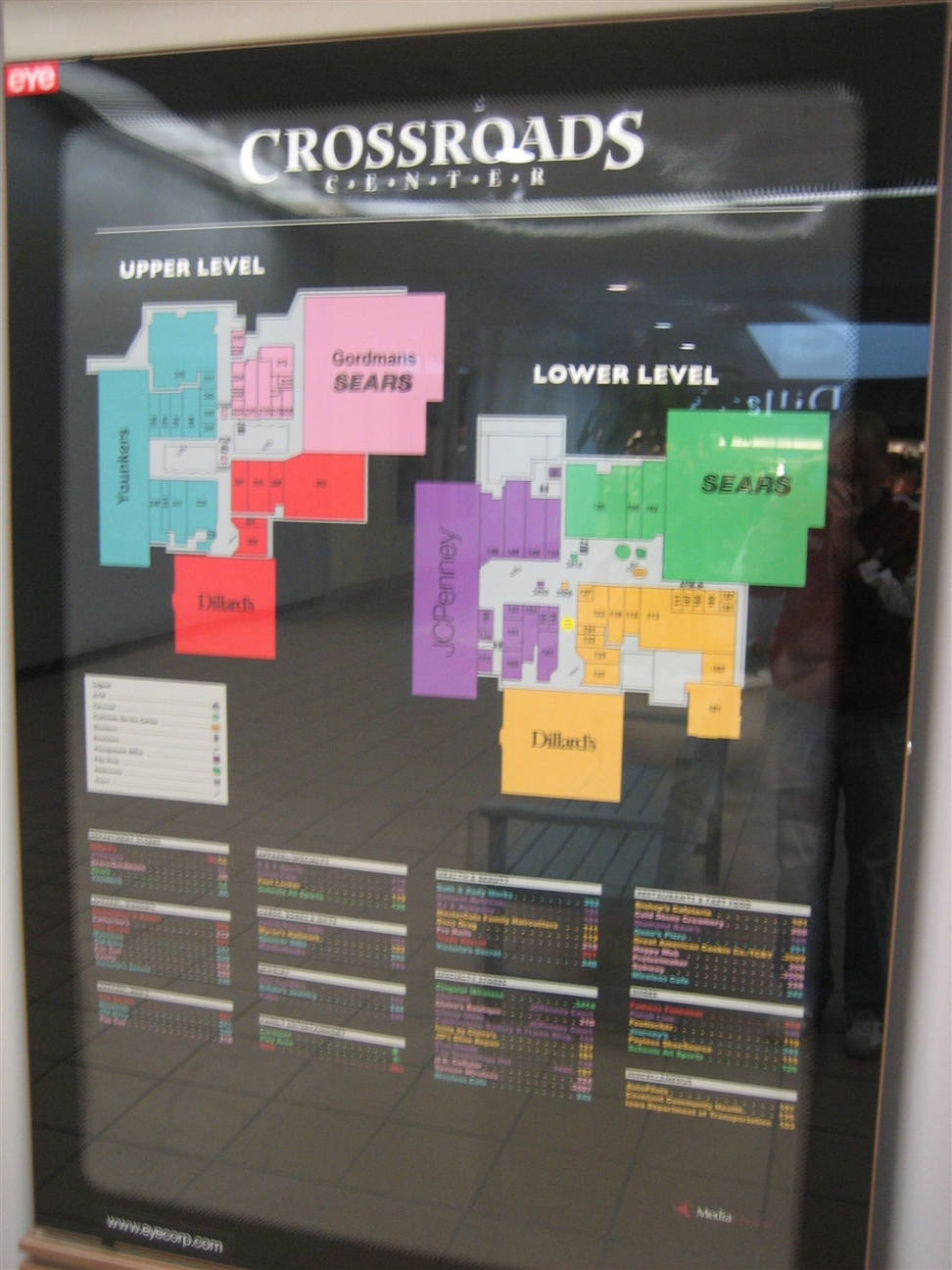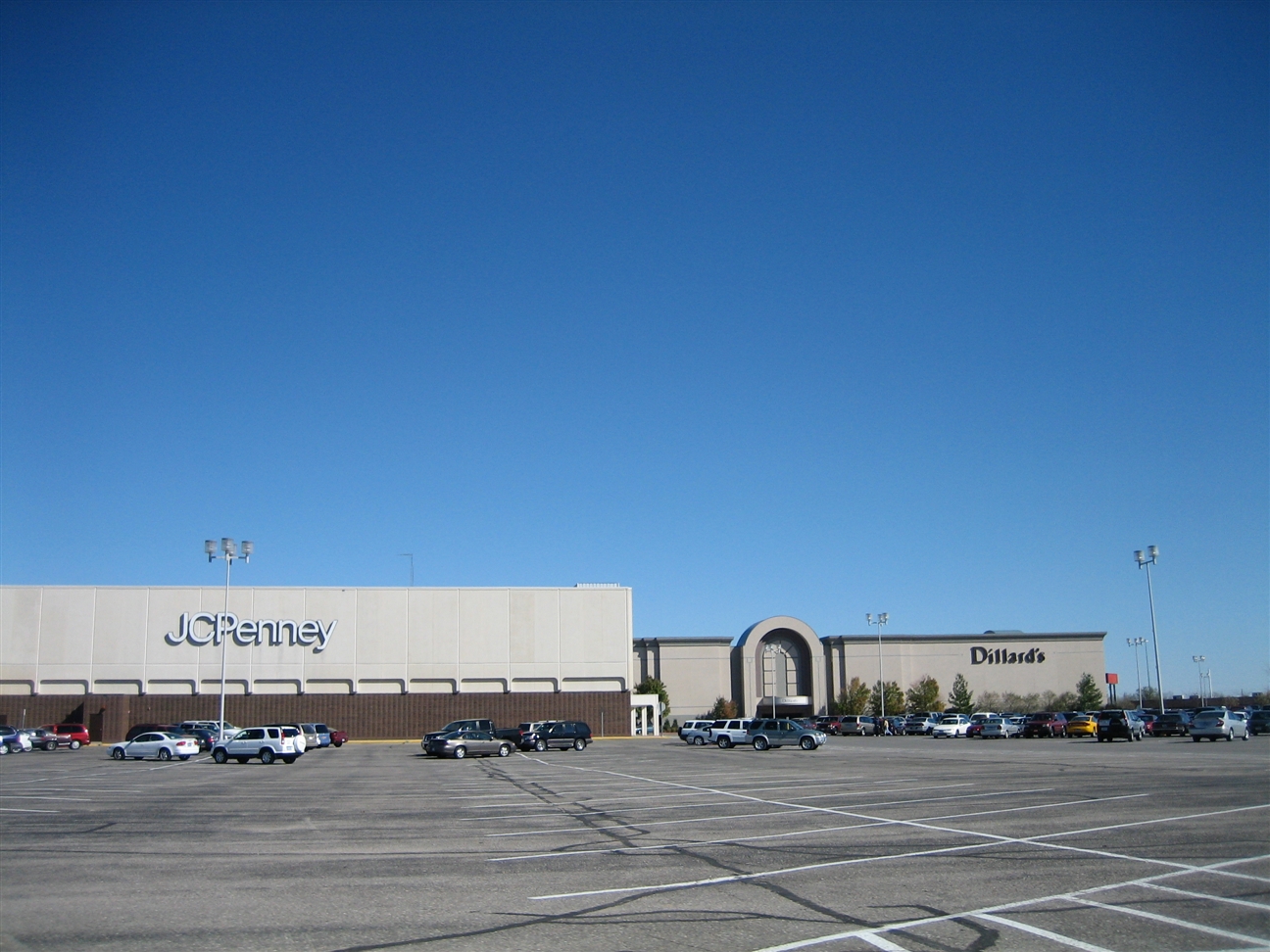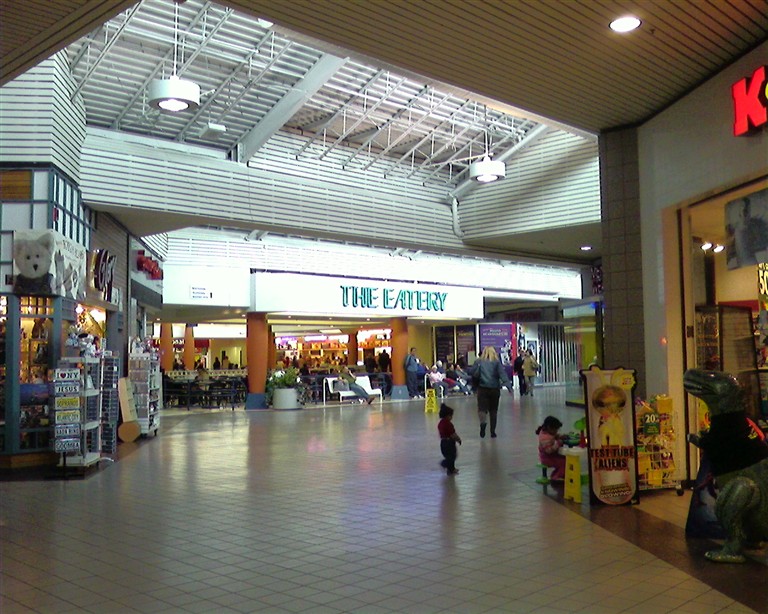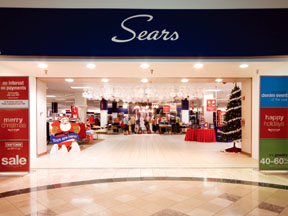Coming soon: Share your fitting-room experience with friends, family, or anyone with Internet access.
If you’re thinking like we are, you might recall watching episodes of The Jetsons and other futuristic science fiction programs and balking at the almost surreal-like experiences related through them. Well, possibly in the not-so-distant future, new technology will enable shoppers to send images from their fitting rooms anywhere in the world via the Web through a site called Shoptogether.com, which is not yet functional. This new technology was announced at the National Retail Federation’s 2007 Convention & Expo in New York.
Here’s how it works. Shoppers will try on clothing in their fitting rooms, then walk into a common area with an interactive three-way mirror located nearby. This mirror, called the Magic Mirror will communicate with the shopper’s cell phone using infrared technology, and the shopper would then be able to establish a Shoptogether session and show off his or her potential new wares to anyone in the world.
 People on the other end of the connection would, in turn, be able to offer comments such as “I love that outfit!”, “It’s not your color,” or others, which would be displayed directly on the interactive mirror for shoppers to see. Here are some of my own personal suggestions.
People on the other end of the connection would, in turn, be able to offer comments such as “I love that outfit!”, “It’s not your color,” or others, which would be displayed directly on the interactive mirror for shoppers to see. Here are some of my own personal suggestions.
“The limitation of vertical stripes has been reached.”
“You look like Rainbow Brite.”
“This is neither Paris nor New York, so that will only garner odd looks here in [insert city here].”
The collaborators would then be able to peruse other items available for trying on via the store’s web site and offer further help.
Humor aside, the generation gap between those who grew up with the Internet and those who did not seems to dictate whether people will embrace this technology or not. Mothers have expressed concern that people will have unauthorized access to the Magic Mirror, and perhaps perverts will be able to see their underage daughters changing. This concern is less so for young people, who think the technology is cool and convenient. Because many youths are insecure about their shopping choices, having collective input from their peers would help them in making the ‘right’ fashion decision.
Personally I feel the technology is neat, but I’m pretty much the typical guy when it comes to clothes shopping and rarely feel the need to share my decisions with anyone. I imagine, though, this is niche-oriented toward women, especially young women and perhaps the fancier men out there, and I predict it will become very popular. Look for the website shoptogether.com to launch later this year (2007) at a Nanette Lepore boutique in the United States.
How do you feel about this technology? Will people embrace it or shun it? Leave your comments here.

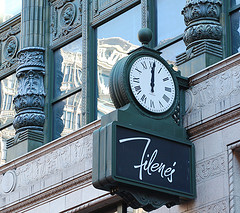 Today’s Boston Globe reports what was possibly an inevitable story: that the 99-year-old landmark Filene’s Basement store in Downtown Boston
Today’s Boston Globe reports what was possibly an inevitable story: that the 99-year-old landmark Filene’s Basement store in Downtown Boston 